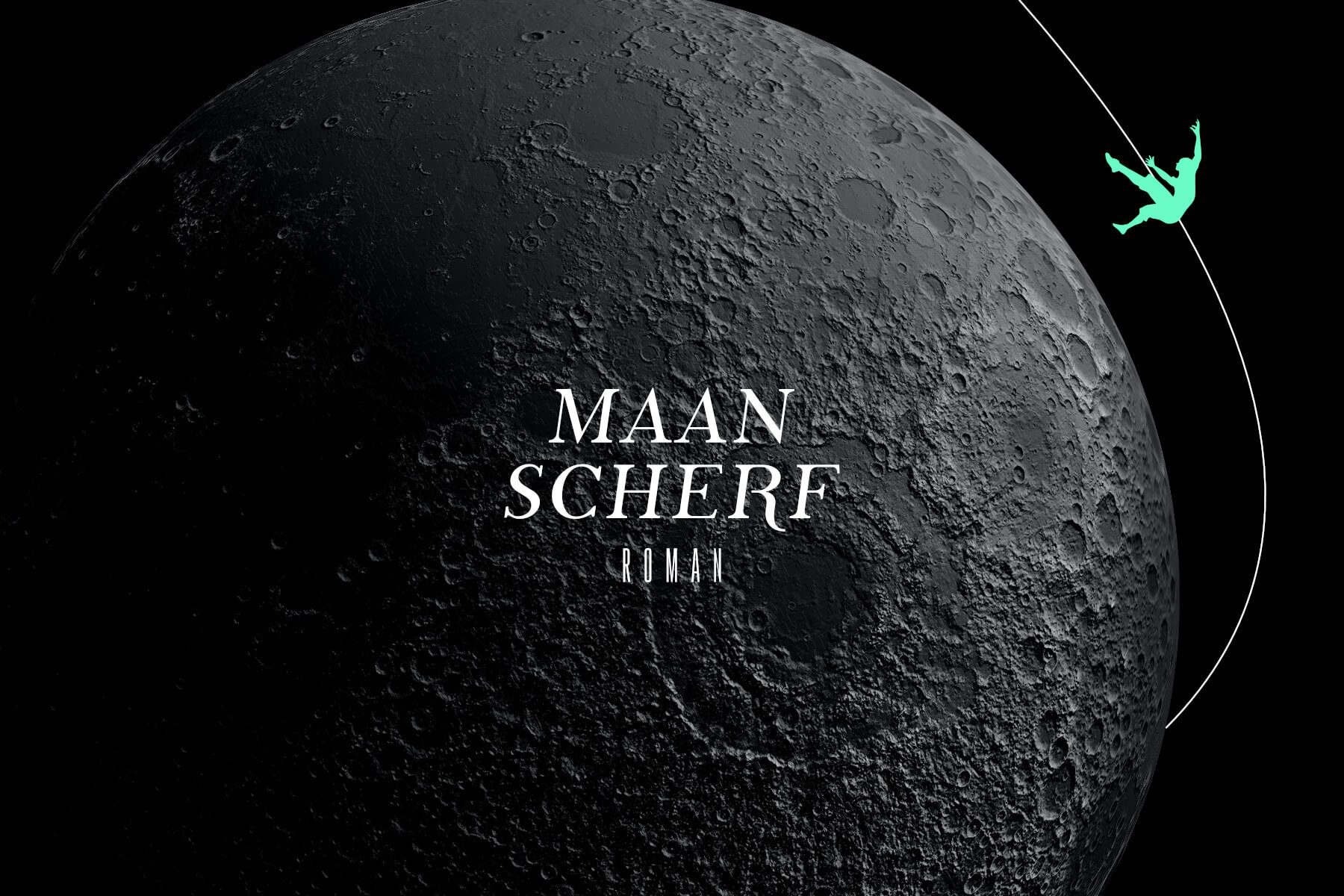This might have been the only time I was able to persuade my girlfriend to join me in watching a science fiction film about alien life forms. My first but most cogent crack at breaking her innate barrier for anything sci-fi was to state that this essentially was not a film about aliens. Sure, the film features aliens, and not just the bacterial-like, non-sentient kind of aliens. My rebuttal to her resilience was met with scepticism: what did I mean with that statement when huge dark alien pods don the film posters, capped with the question ‘Why are they here?’ I told her to trust me: this was not your regular alien invasion flick. As her curiosity was finally sparked, we bought the tickets, sat down and watched.
Denis Villeneuve’s Arrival (2016) is not a film about aliens: it is about humanity. More specifically it is a philosophical film about fate and the nature of temporality that employs aliens as a MacGuffin (Gottlieb 48) to kick-start the plot. The film convincingly poses deep questions such as: would you continue to live your life the exact same way if you have been shown your future? Is free will nothing but a blissful illusion? Would you become a parent when you know fully well your child will die a painful and premature death? Are we bound by fate? And are there other ways to experience the (linear?) phenomenon of time? Not all questions are answered directly, but that is part of this film’s charm (and arguably of science fiction in general): it challenges the viewer to critically think and contemplate about the character of life itself, and it does so in an aesthetically distinct way.
Before reading any further, I implore you to watch the film. Then watch it again, paying attention to every single detail. This is crucial in order to fully understanding what Villeneuve and screenwriter Eric Heisserer are trying to tell you, the viewer, with this narrative. The plot is drawn from the title story of Ted Chiang’s short story collection Stories of Your Life and Others (2002). Renowned linguist Louise Banks (played by Amy Adams) is called upon by the US government to help find out why twelve alien spaceships have arrived across Earth, and seek out whether their intentions are malevolent or not. She is teamed up with mathematician Ian Donnelly (Jeremy Renner) to decipher the seemingly incomprehensible sounds the aliens utter. A breakthrough occurs when Banks exits her ‘hazmat suit’ and touches the glass barehanded: the squid-like aliens start to communicate with ink. While coming closer to understanding the linguistic symbols of the heptapods (as they call them), Banks is plagued by mysterious, intense flashbacks of a girl she does not recognise, but at the same time treats as her own child.
As it turns out, the dreams are not dreams, but glimpses of the future. That girl is her daughter-to-be Hannah. The major narrative vehicle this film drives on is the alien conception of time: the heptapods are able to experience time singularly due to their language. There is no beginning and no end to time – all is infinite and at once. This means that the heptapods, or in fact any being that learns this language, can time-travel mentally. The more one masters the language, the better one will be able to see future visions of one’s life. Visual cues are given to emphasise this cyclical nature of time. For example, the written language the heptapods is circular, whole sentences contained in one symbol that has seemingly no beginning or ending. Later on, Banks is able to manipulate the alien ink to form her own circular symbols – a sign of her mastery. And of course, being a linguist, the name of Hannah (a palindrome) is another hint: the name can be read correctly whatever way you read it. These cues and more illustrate that basic causality, as we know it, no longer applies.
It can’t be stressed enough how hugely consequential this portrayal of time is for the human psyche. The paradoxes that emerge as a result of time-travel in this film are actually a flaw of our conception of time, as we are not able to think of time in a non-linear fashion. The Sapir-Whorf hypothesis (the linguistic theory that is at the core of this film’s scientific premises) poses that language constrains human perception of reality. According to Laura M. Ahearn there is strong version that says language determines thought (the consensus being that this version is false), and a soft version that states that language only influences thought and decision-making (69). Arrival takes this linguistic relativism and expands on it: a consequence of all of human language being linear is that humanity experiences time linearly. If we could experience time otherwise, this film proposes, we would see that free will does not exist. Or does it? Banks chooses to accept the future that has been laid out for her, but just exactly how much control we have within in these newly established chronological confines is purposefully left unanswered.
Ultimately, Denis Villeneuve has delivered a stunning film that has left my girlfriend and I, like all outstanding science fiction stories usually do, both baffled and intrigued. As the film progressed we came to the understanding that the aliens really did not have a prominent role in this film. Yes, they come to Earth in order to teach us their language, so that may help them diverting disaster in 3,000 years. However, Arrival is not just about their arrival: it is more intrinsically about ours.
Works cited:
Ahearn, Laura M. Living Language: An Introduction to Linguistic Anthropology. John Wiley & Sons, 2011, p. 69.
Gottlieb, Sidney. Framing Hitchcock: Selected Essays from the Hitchcock Annual. Wayne State University Press, 2002, p. 48.
Foto: cottonbro studio via Pexels




